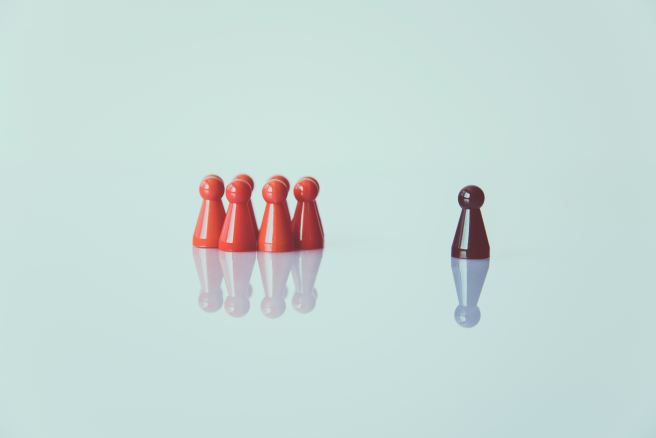“The sky is clear and unaffected by what is happening.
The clouds come and go,
the winds come and go,
so does the rain and sunlight,
but the sky remains clear.”
~ Joseph Goldstein
Try to sit still, do nothing and not think about anything at all for a few minutes or so. An average person will soon find the mind start wandering. Sometimes, the mind seems to have specific issues to grasp. Some other times it just hops on and off, from one thought to another. Just like monkeys, the mind incessantly jumps from one branch of thought to another. So, we call this mind monkey mind.
Now suppose we were to spend these same few minutes in a practice called meditation. It is generally being taught that meditation equals to focusing our mind only on our breaths and nothing else, which is supposed to be very calming. Unfortunately, this idea about meditation does not correspond to our reality of monkey mind, and this can easily frustrate anyone who try to learn to practice meditation.
What is not being as often discussed is that the meditation practice is a practice where we keep on returning the mind to our object of awareness, be it breaths or anything else. The calming focused mind is the meditative state resulting from the practice, and not the practice itself. It takes practice to arrive into the calming focused mind.

For many of us, monkey mind drives us mad for two main reasons.
First, it is because we would like the mind not to be “monkey-ish”, while in reality it IS a monkey mind – the mind that just would not obey our demand to be calm and still. So, there is internal conflict between what we want and what it is.
Most of us do not realize that how lively that monkey mind is depends on how busy and agitated we have been during the day as well as how little real rest we allow ourselves. Our agitation and activities energize the monkey. If we wish for the monkey not to jump around so much, then we should remember not to jump around so much either. And yes, that includes not to jump around from one social media posting to another.
What do we then do with monkey mind? First and most important, Stop telling the monkey to sit still, because being still is simply what monkey mind does NOT do. Instead, we can practice being a passive observer. We observe whatever comes into our mind, be it good or bad, the way we observe monkey jumping from one branch to another. Being an observer, we do not jump around with the monkey, nor do we get upset about which branch the monkey chooses to land on. We passively observe until the monkey gets tired, or it runs out of branches to hop on, and it will eventually stay still. As will our mind.
I suppose this is why there is an old Zen proverb that says something like “You should sit in meditation for twenty minutes every day – unless you’re too busy; then you should sit for an hour”.
Sometimes the monkey is over-excited that it overwhelms us. In times like these, give the monkey something to do for a while, like counting the breaths, or regulating the breaths in certain rhythm. Practices with breaths are usually calming, that it is easier for us to go back to being an observer again afterwards.
Second, if we happen to have certain issues that are gnawing deep within, the monkey, for whatever reasons, tends to linger around these issues despite our dissent. In times like these, meditation is more of an agitating practice than calming one.
During such episodes, apart from being a passive observer, it also helps to be a good friend to the monkey mind. Most of the judging self-critical thoughts we have towards our own thoughts and emotions, the aversions we have towards our state of mind, would not be anything that we would do or say to a good friend. A good friend is kind, and being kind means being understanding, accepting and encouraging – full of compassion.
So, we do no different towards the monkey mind. Let it jump around, and talks incessantly and tells us stories we do not want to hear, fears we try to hide away, grieves we refuse to let go. We let the monkey mind do so with an open heart that is understanding and full of compassion, despite of temptations from time to time to jump after the monkey mind, or to grab its tail and try to make the monkey stay quiet. Instead, we stay put and be at peace with it. And that, for what it is worth, is the practice of meditation.
As we give our friend, the monkey mind, a space, to be still or to jump around, we learn so much about it, as much as we learn about our being. In this understanding, we can be more at peace with ourselves, anytime anywhere.
“How shall I help the world?”
“By understanding it,” said the Master.
“And how shall I understand it?”
“By turning away from it.”
“How then shall I serve humanity?”
“By understanding yourself.”
~ Anthony de Mello




